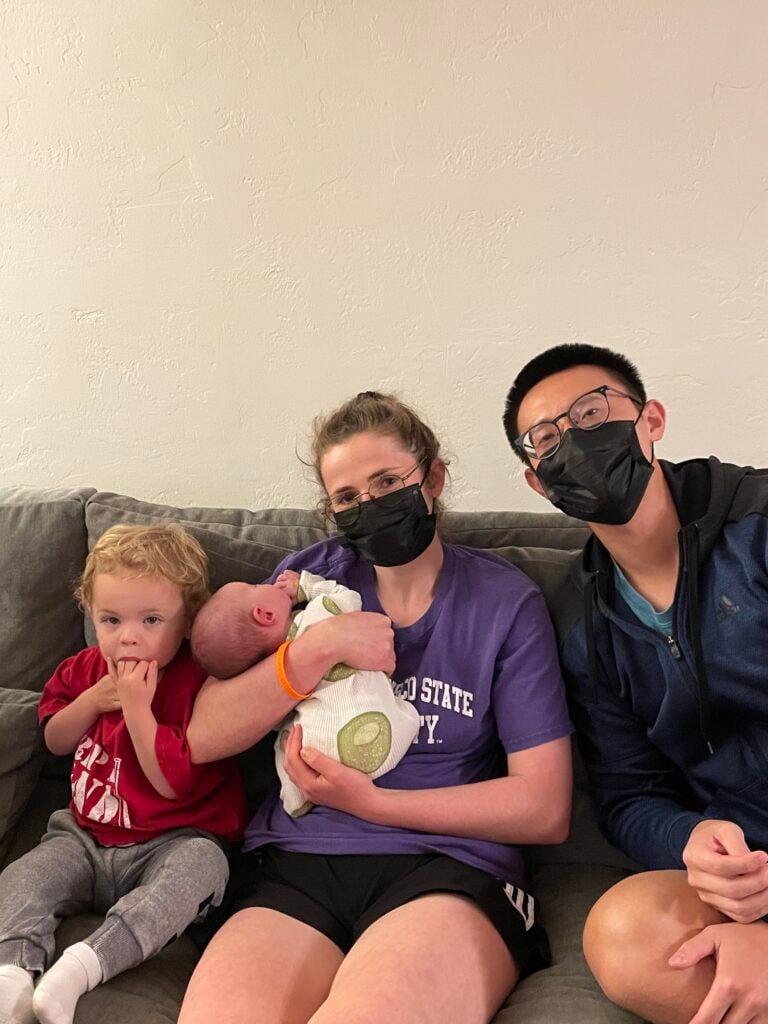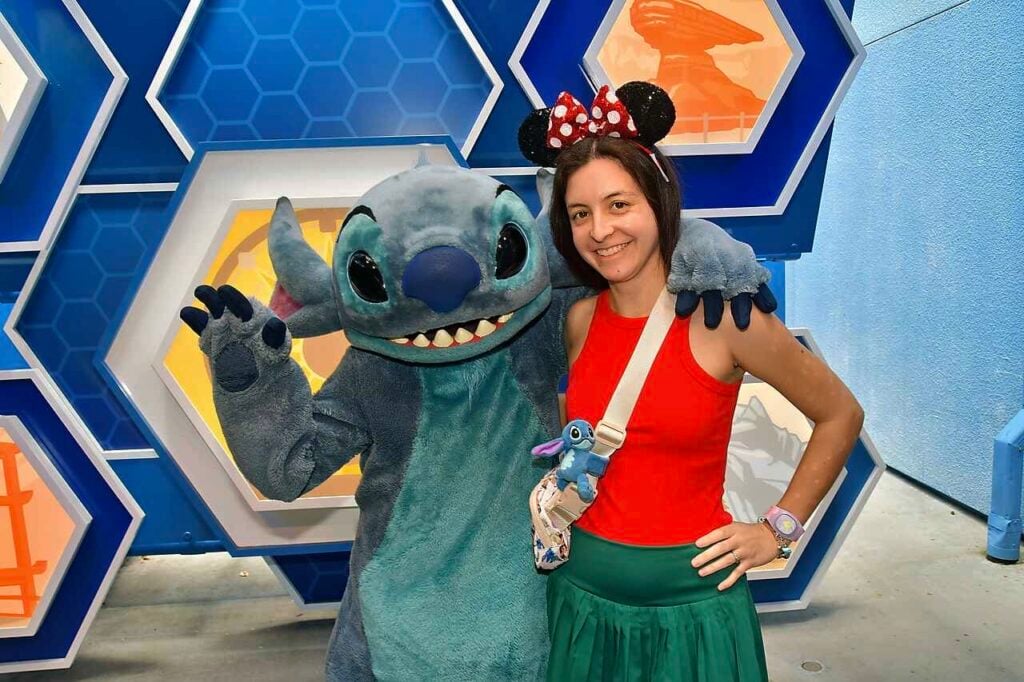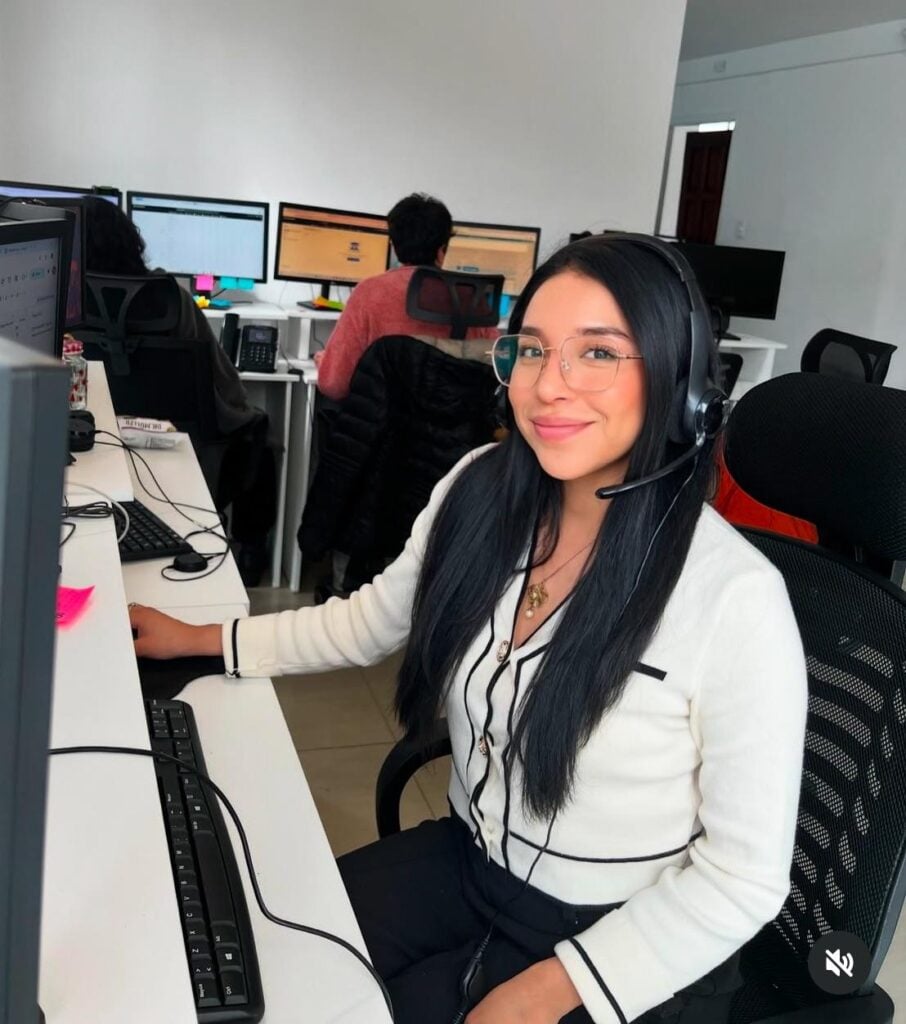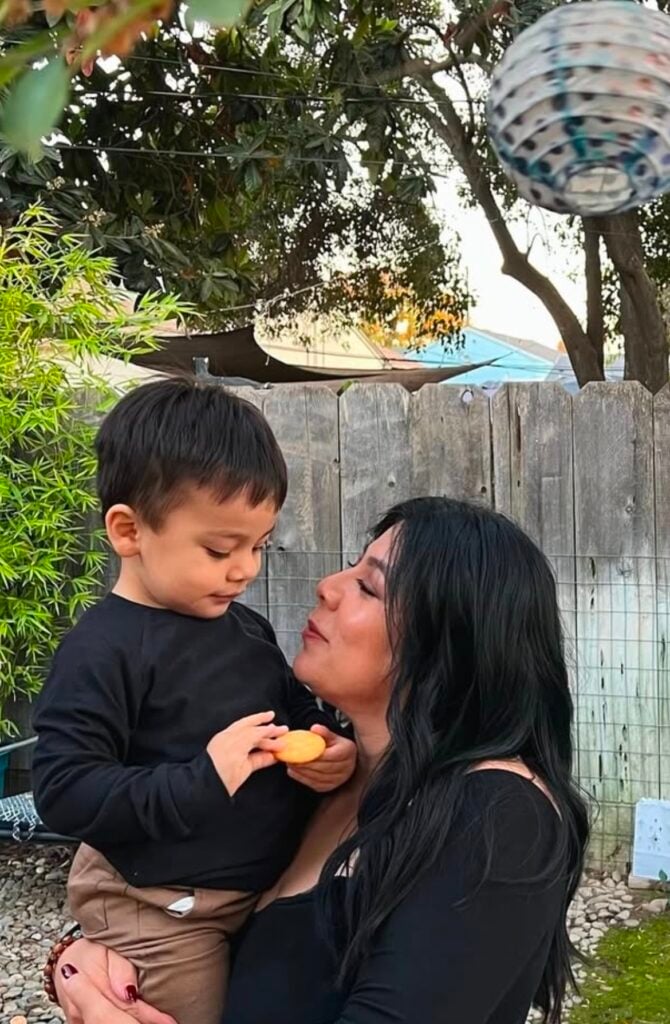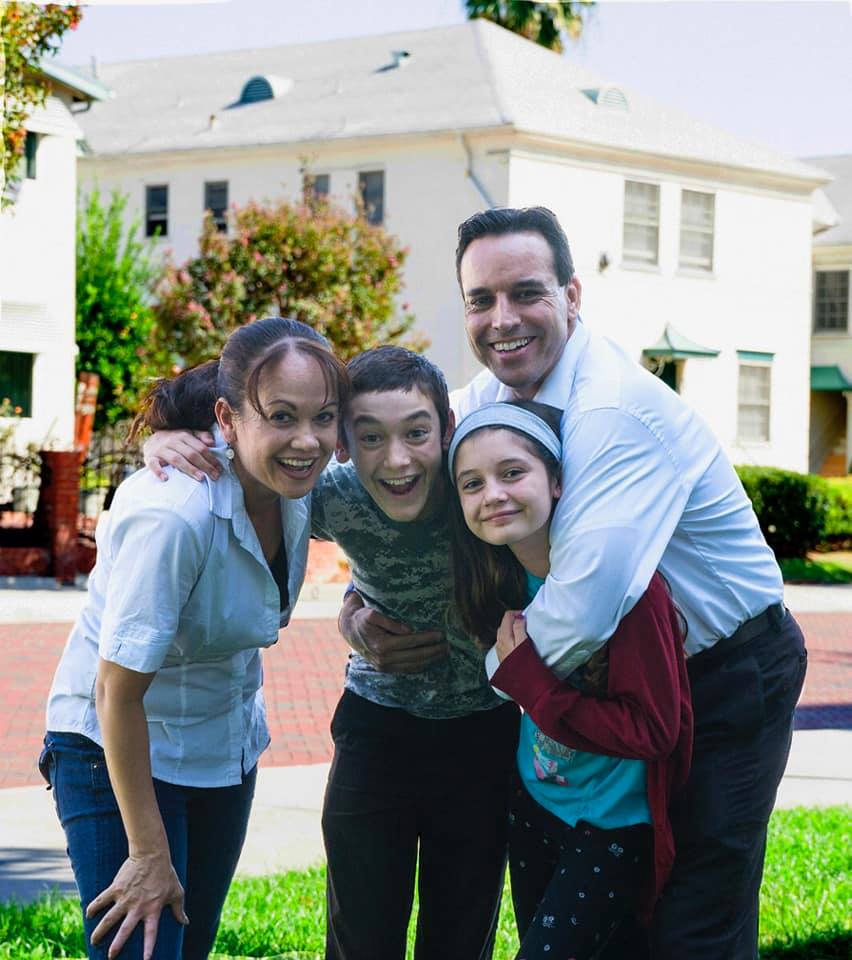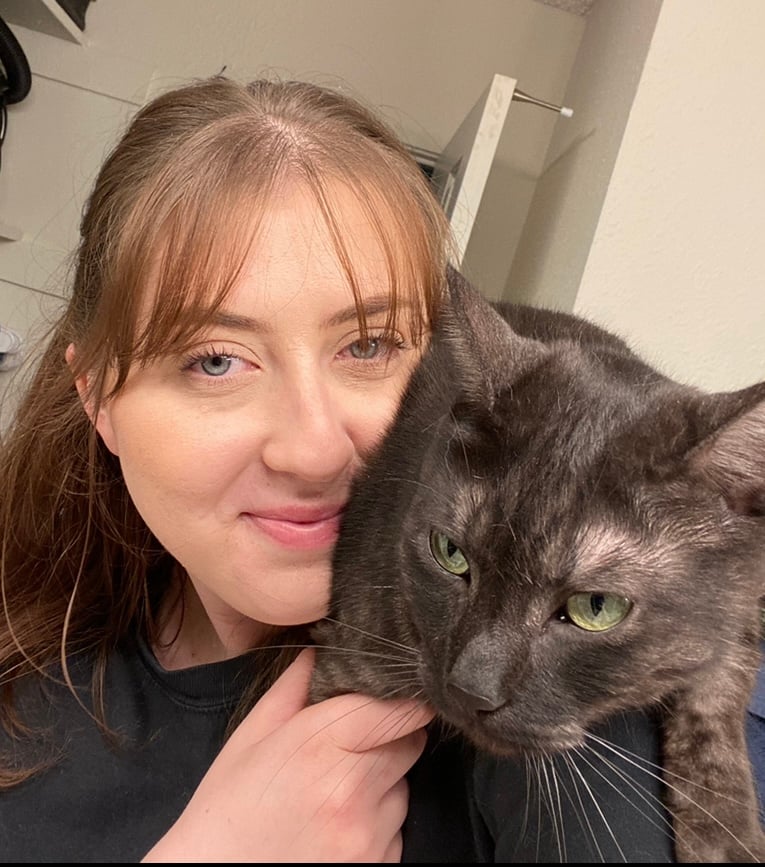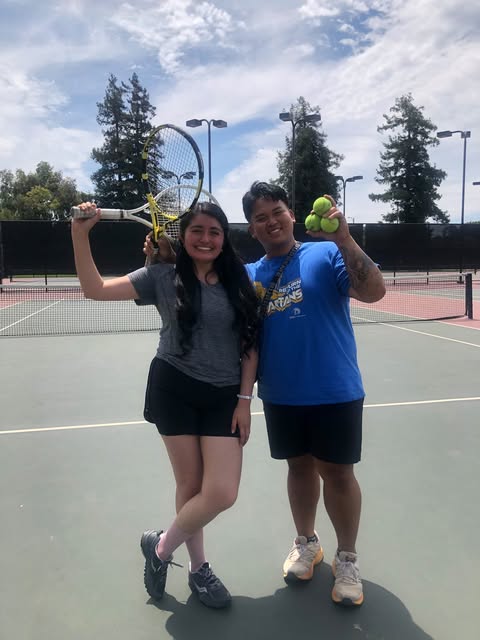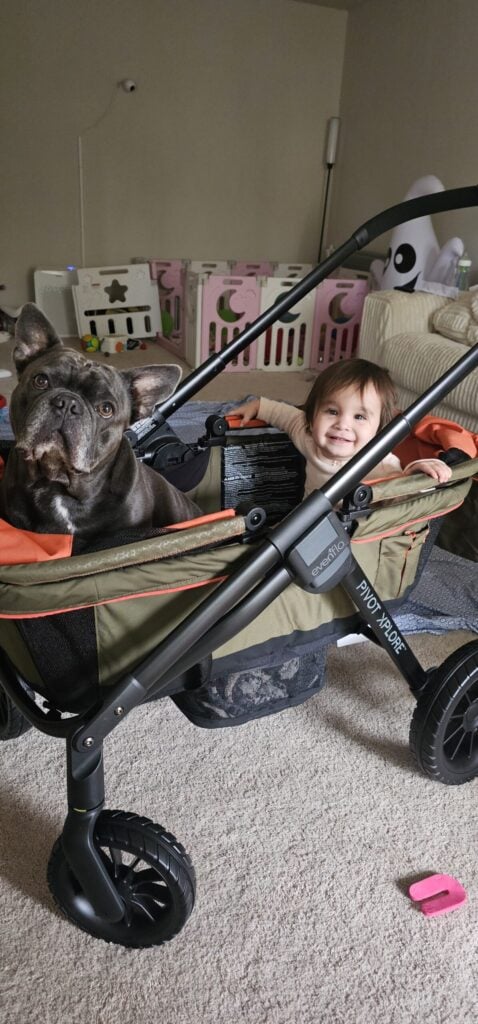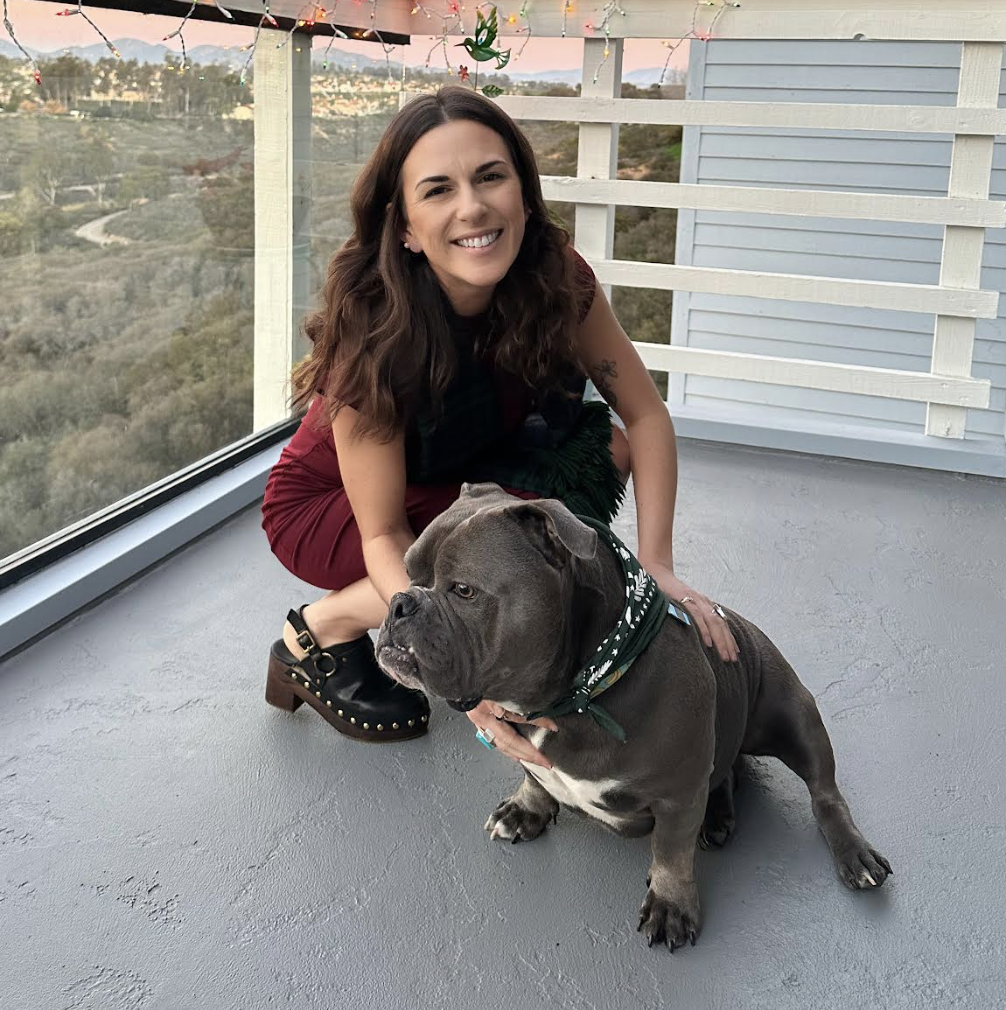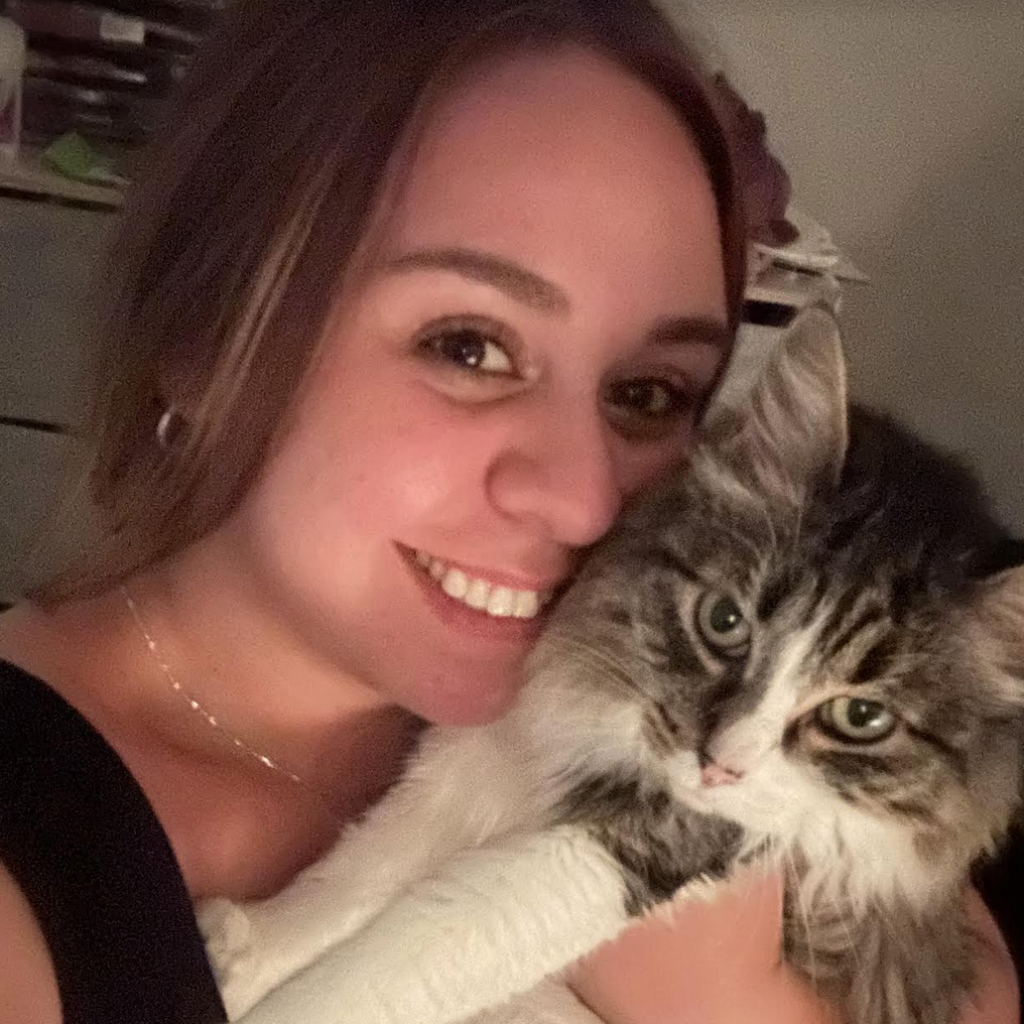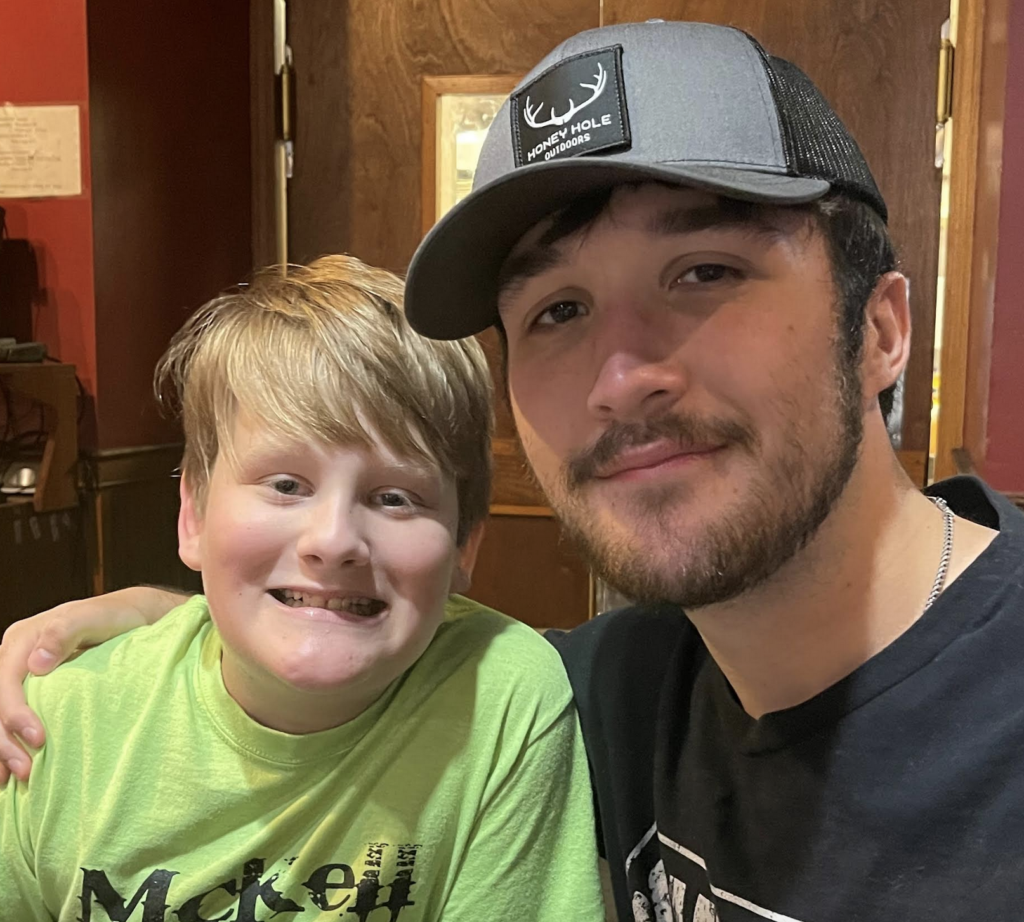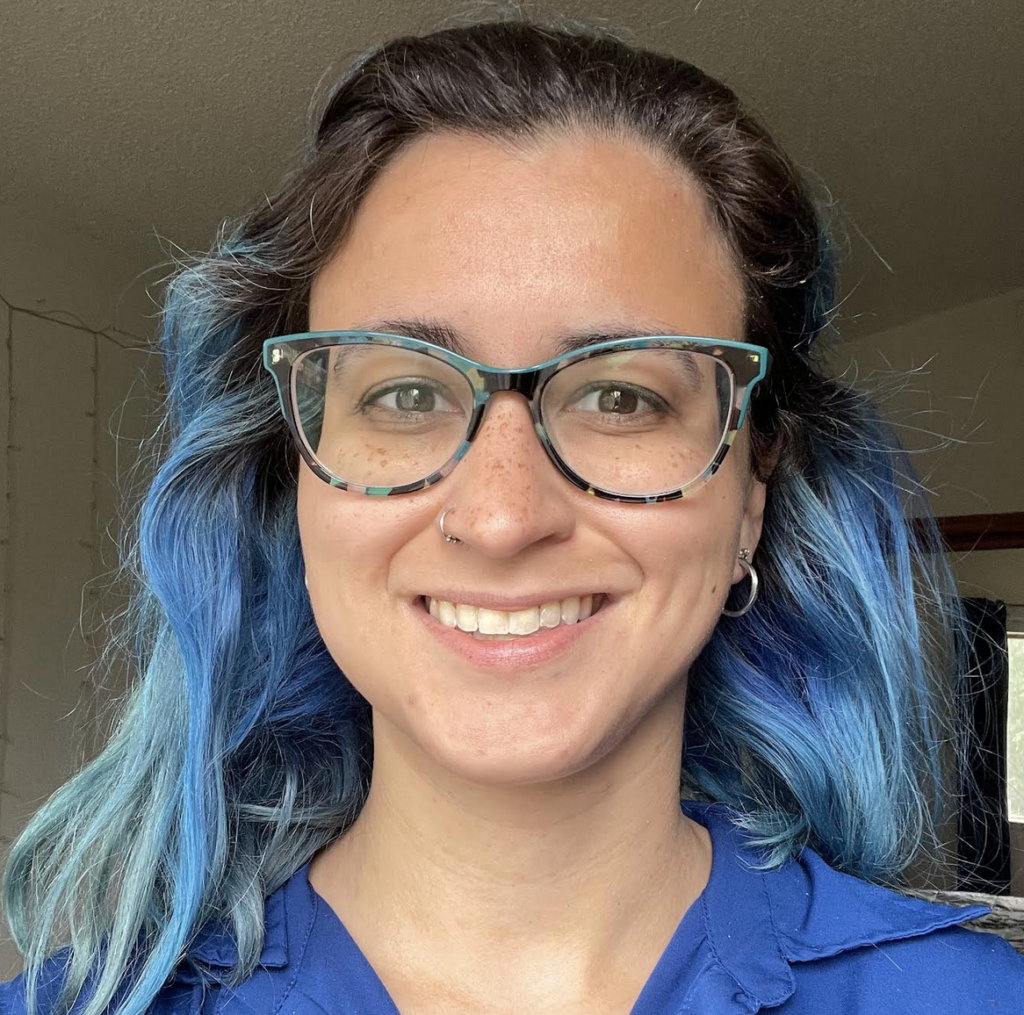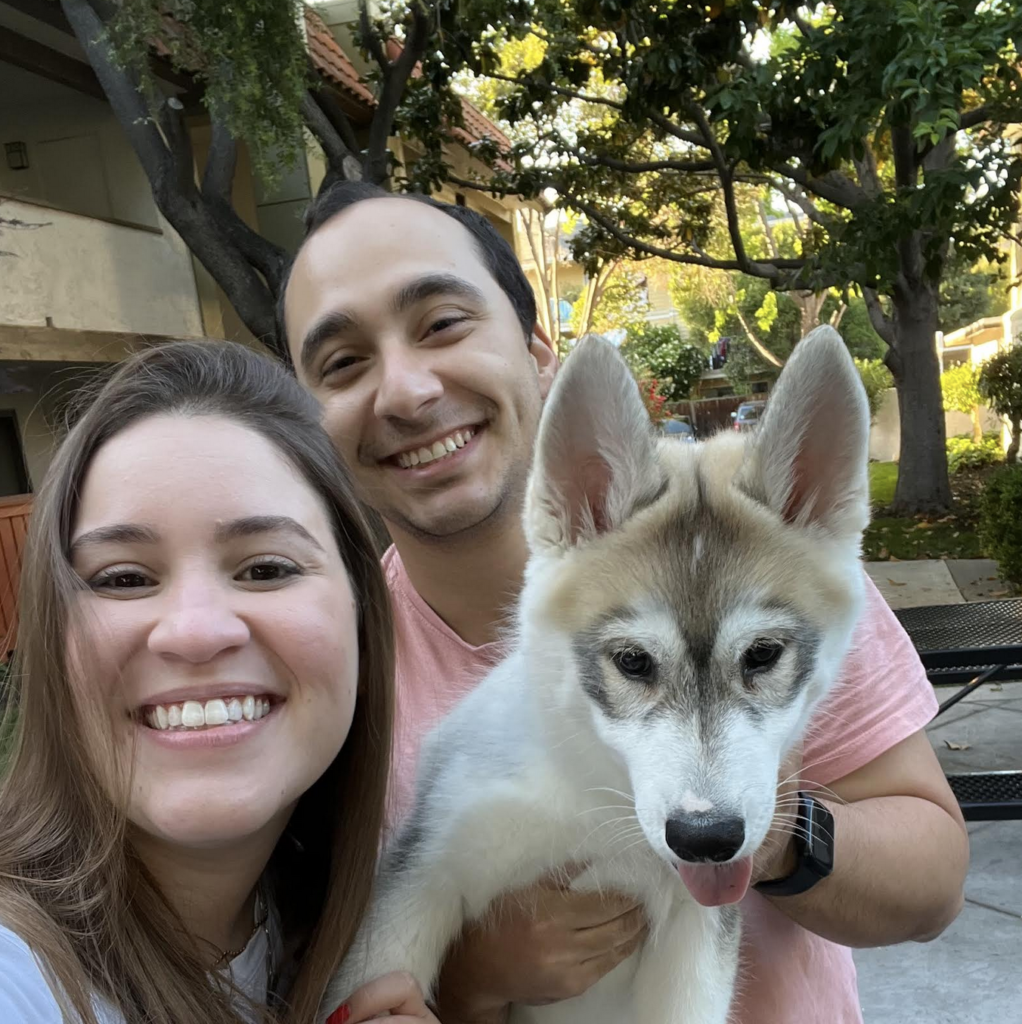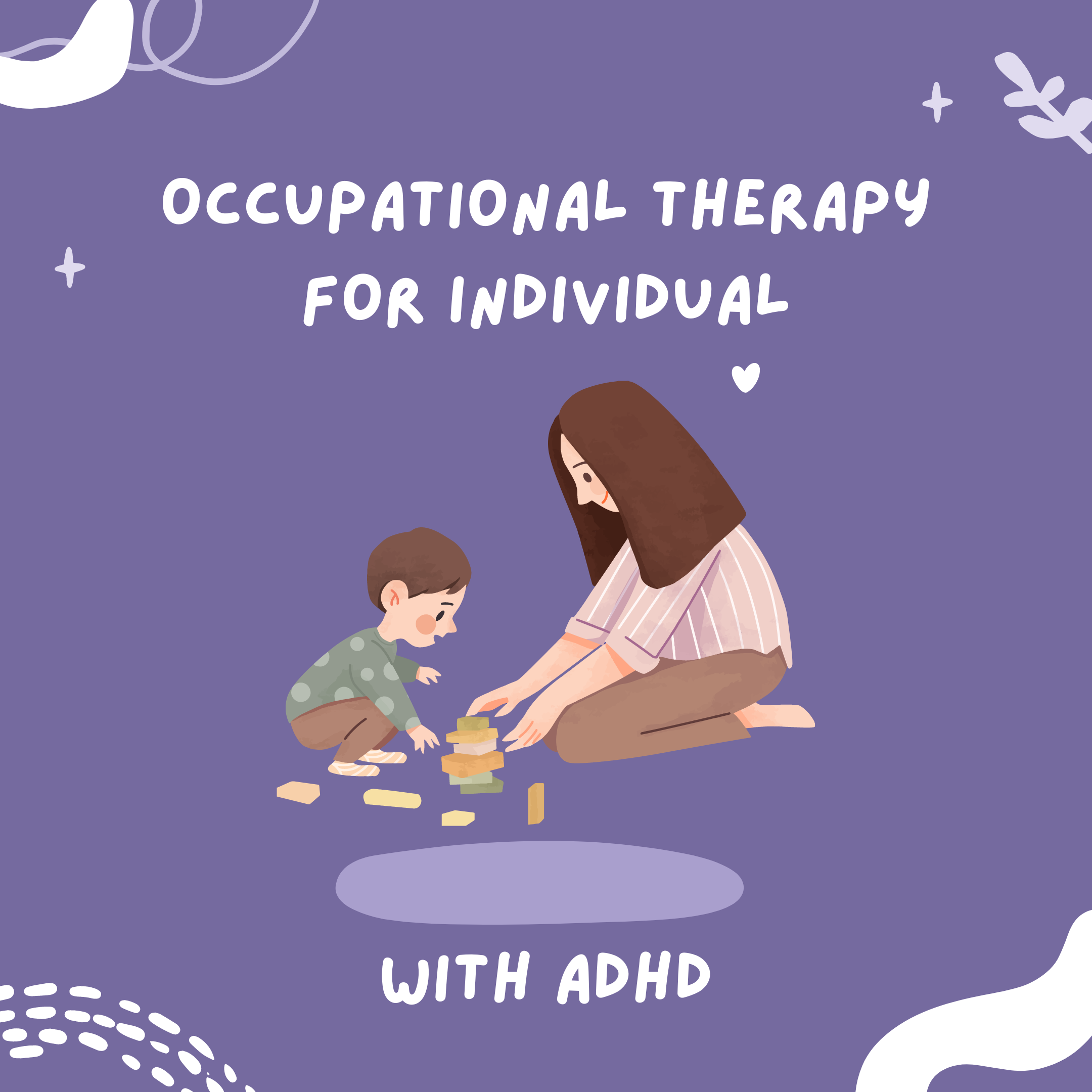
Occupational therapy may help individuals with ADHD in multiple ways. It can help a person identify barriers to success, develop strategies for tackling those areas, practice new skills or refine old ones, and brainstorm solutions when things do not go as planned.
Attention deficit hyperactivity disorder (ADHD) is a chronic mental health condition that affects a person’s ability to pay attention and manage impulses.
Experts estimate that 5% to 7% of school-aged children worldwide have ADHD, and around 63 million children and adolescents live with the condition worldwide. In the United States, about 6.1M Children have an ADHD diagnosis. Although ADHD symptoms evolve, it typically persists into adulthood, affecting about 366M adults worldwide.
People living with ADHD may have challenges with time management, organization, focusing, and multitasking. Because ADHD Symptoms are highly individualized, occupational therapy aims to help people plan and prioritize by using various techniques tailored to the situation.
Keep reading to learn more about occupational therapy for ADHD, including how it works, and why it may be effective.
What is occupational therapy?
Occupational therapy involves helping people of all ages participate in whatever they want or need to do.
Occupational therapy encourages people to overcome the barriers that prevent them from doing important activities, and increases their independence and satisfaction in life.
It addresses the importance of people’s psychological and emotional well-being, and focuses on improving these by using everyday activities in a therapeutic manner. For persons with ADHD, who may report low self-esteem and self-efficacy, this is also a focus for the therapy.
Overall, the main goal of occupational therapy is to adapt the environment to fit the individual. It follows the thinking that no two people are the same, so the surroundings should adapt to serve everyone best and allow them to be their most productive.
How occupational therapy works for ADHD
The basis of this reasoning is especially beneficial for those living with ADHD. Occupational therapy helps these individuals participate fully in social situations. For children with ADHD, it can also help them with school, work ethic, and performance.
While occupational therapy is beneficial when applied to other mental health conditions, limited evidence of its application with ADHD exists.
ADHD affects an individual’s educational functioning, management of interpersonal conflict, relationships, and ability to provide emotional support. The symptoms of ADHD includes inattention and hyperactivity or impulsivity. These qualities can lead to difficulties in time management, emotional regulation, motivation, and executive function, which are needed for completing tasks.
In 2018, 38 children aged 9–15 either were randomly placed to work with an occupational therapist for 12 weeks or be in a control group. After this time, those in the occupational therapy group showed a significant improvement in their ability to manage their time effectively and their general awareness of time.
Another 2020 study which involved 23 female participants, divided into either a 7-week occupational therapy intervention group or a control group. Researchers found that the 11 participants in the therapy group demonstrated reduced stress and ADHD symptoms, with enhanced task performance and satisfaction.
Overall, there is a lack of large-scale, high-quality clinical trials looking into the application of occupational therapy in people with ADHD. But some individuals may find it valuable.
There are many aspects to occupational therapy, including guidance and education for family members or caregivers of those with ADHD, recommendations for adaptive equipment, and evaluating the individual’s home, workplace, school, or other environments.
When choosing a treatment approach, occupational therapists need to consider their client’s specific challenges and the best ways to approach them.
There is no single best framework to use for those with ADHD. Some accepted models include.
- Canadian Model of Occupational Performance
- Person-Environment-Occupation-Performance Model
- Model of Human Occupation
No matter the technique an occupational therapist uses, a flexible approach is best for those with ADHD. With each approach, the occupational therapist should focus on the individual’s goals and interests.
Medicine and psychological interventions are standard methods of ADHD symptom reduction, with psychological interventions as the focus of occupational therapy. However, it is important to note that symptom reduction on its own does not necessarily improve an individual’s daily functioning.
There are 3 levels of occupational therapy intervention.
· Preparatory methods
- Activities that prepare someone for participating in a specific activity.
· Purposeful activities
To improve their skills toward a specific goal. There is a vast range of potential activities that largely depend on the individual but could include communication, sports, volunteer work, gardening, or social work.
Occupation-based intervention
Occupation-based interventions involve an individual working towards a goal and completing tasks under supervision. Again, these activities vary significantly from person to person, but some possibilities include completing schoolwork, following directions, or getting dressed.
As the occupational therapist observes the individual, they can assess their performance. This allows them to adapt to the activity and increases independence, skill acquisition, and self-efficacy.
Some occupational therapists work with children while they are at school. This allows them to evaluate the child’s abilities while in the classroom. They can then help the children participate in school activities and modify the classroom environment as needed to fit the child best.
Other Therapy Treatment for ADHD
Additional forms of treatment for ADHD include behavioral therapy and medication, with the approach depending on the individual’s age.
Children under age 6 with ADHD, the first-line treatment is parent training in behavior management. This approach avoids using medication in young children.
For children older than 6 years, doctors may use both medication and behavior training, with parents also receiving behavior management training until their child is age 12 or older.
Schools can also play a role in a child’s ADHD treatment. The AAP recommends that schools add behavioral classroom intervention and school supports.
Behavior therapy
Behavior therapy aims to strengthen an individual’s positive behaviors and eliminate disruptive behaviors. This therapy is beneficial for parents of young children, as it provides them with valuable skills and strategies for helping their children.
Medication
Doctors may use stimulant or nonstimulant medication to treat ADHD. Stimulants are fast-acting medications that are most frequently used to address ADHD symptoms. Nonstimulants may not work as quickly, but their effect can last up to 24 hours.
The application of occupational therapy may differ between individuals. However, the core of occupational therapy involves a therapist observing an individual in their environment and making activities and other changes to help them navigate daily life.
Other forms of ADHD treatment include medication and behavioral therapy, with the best treatment depending on the person’s age.












